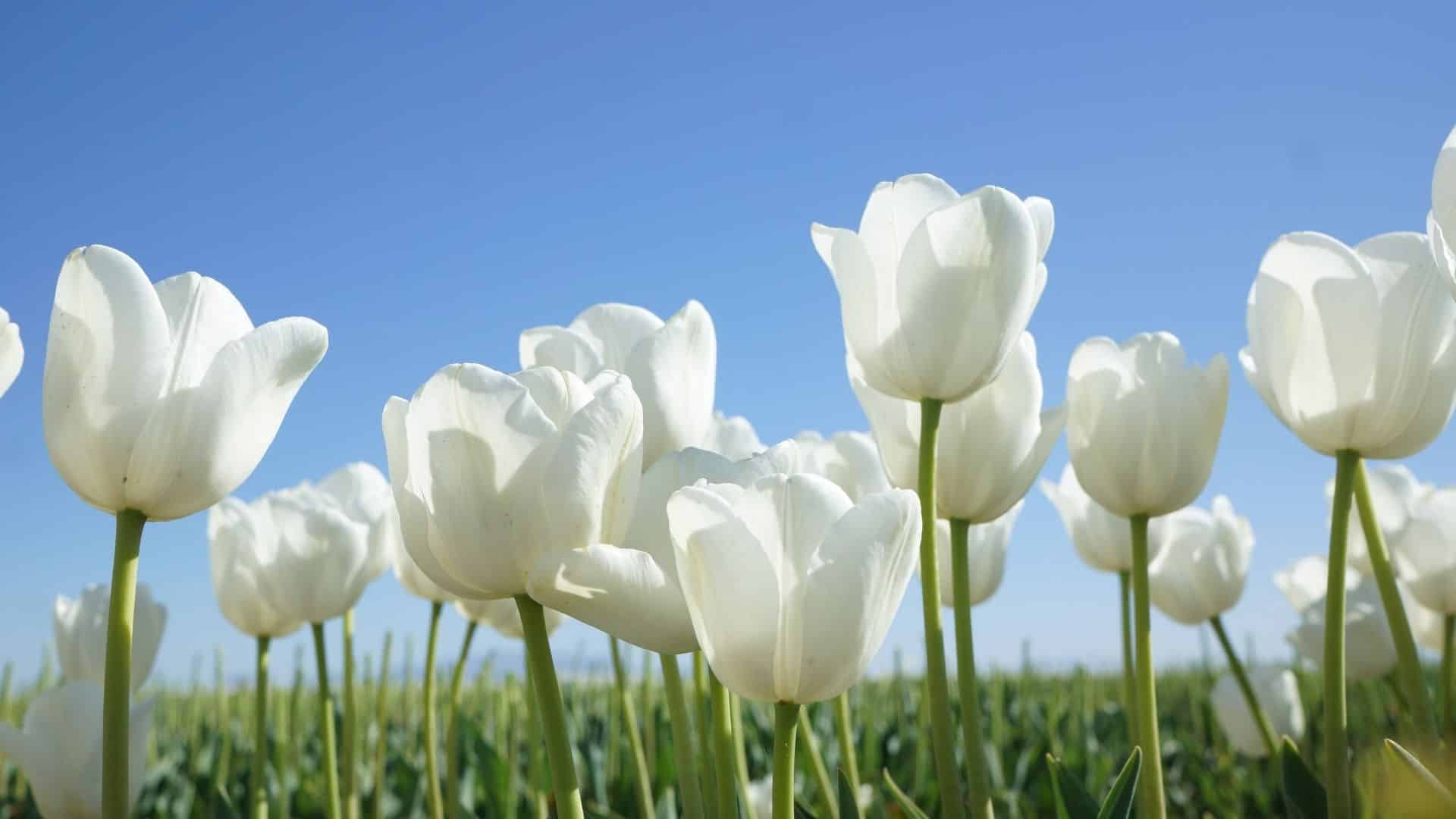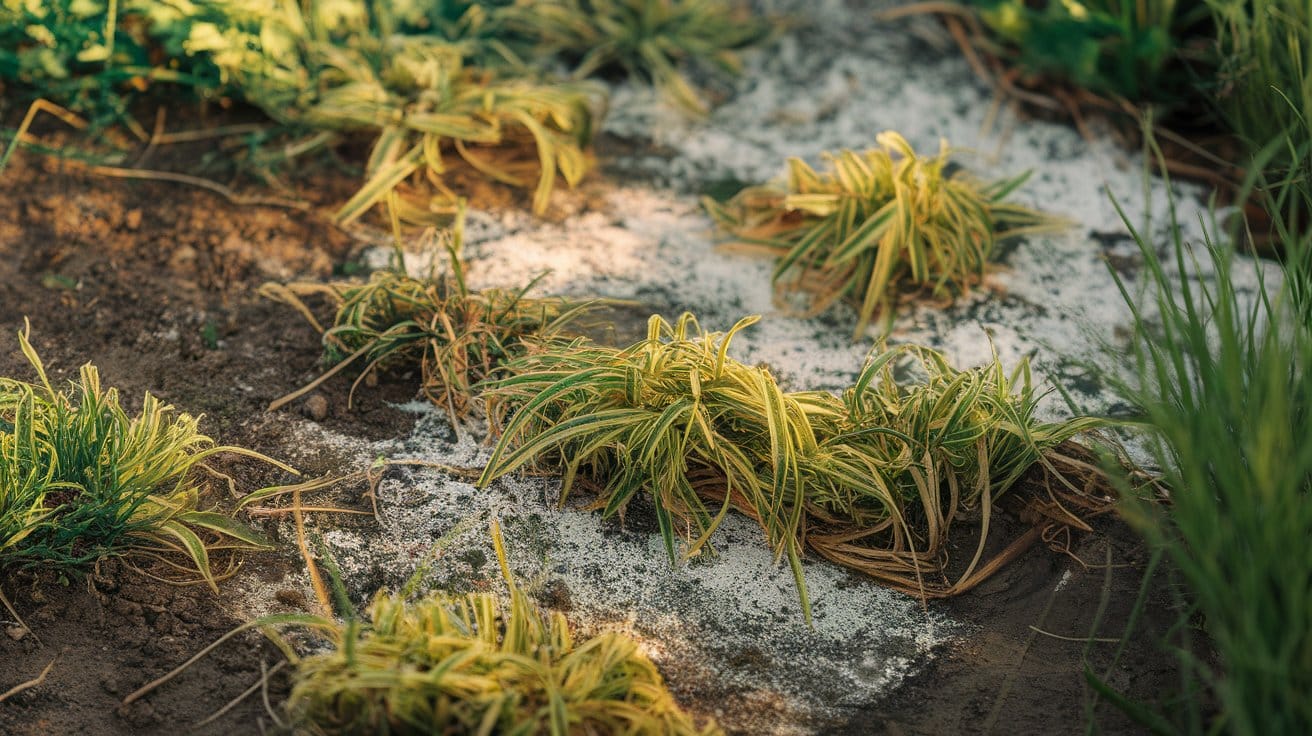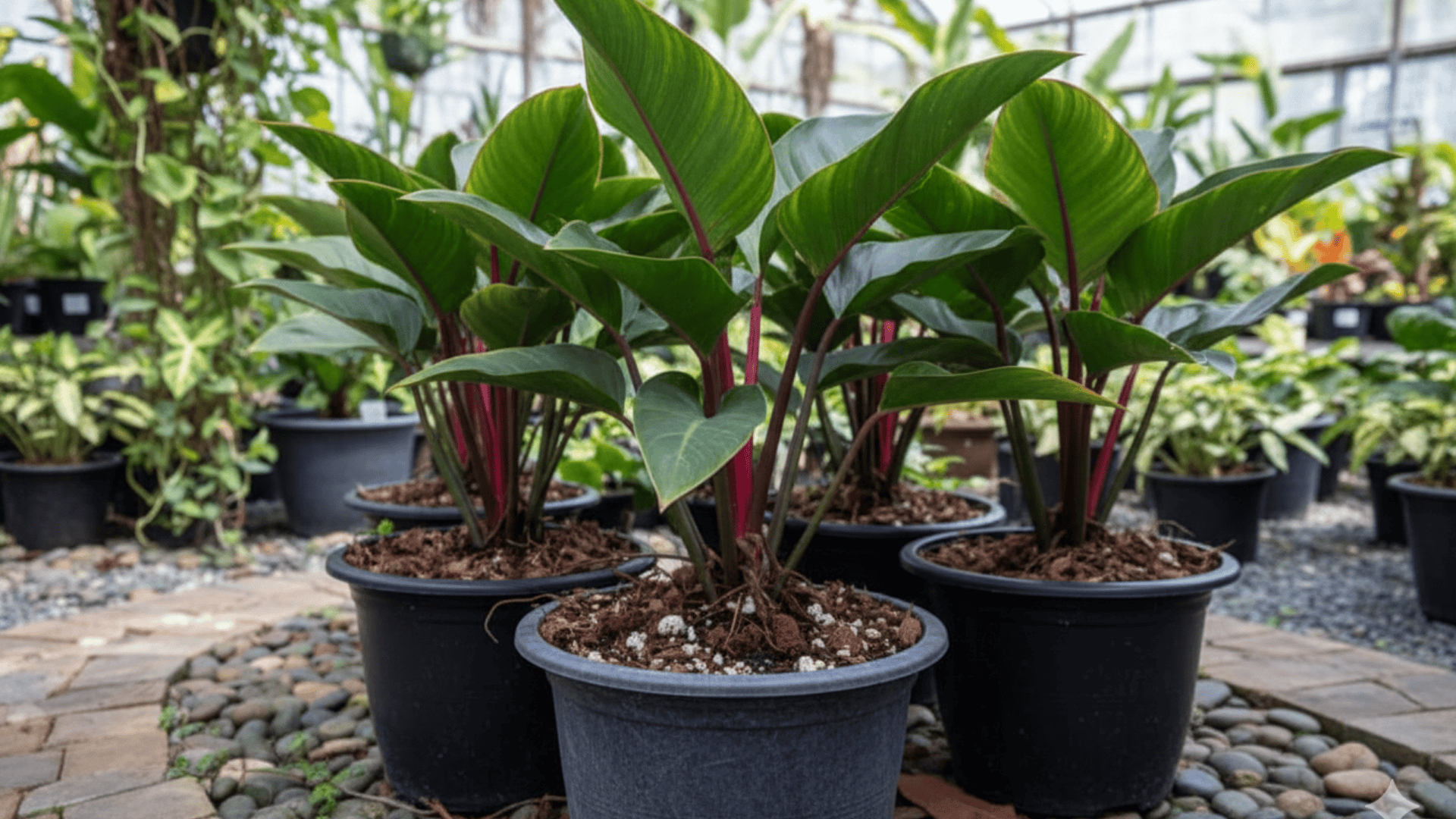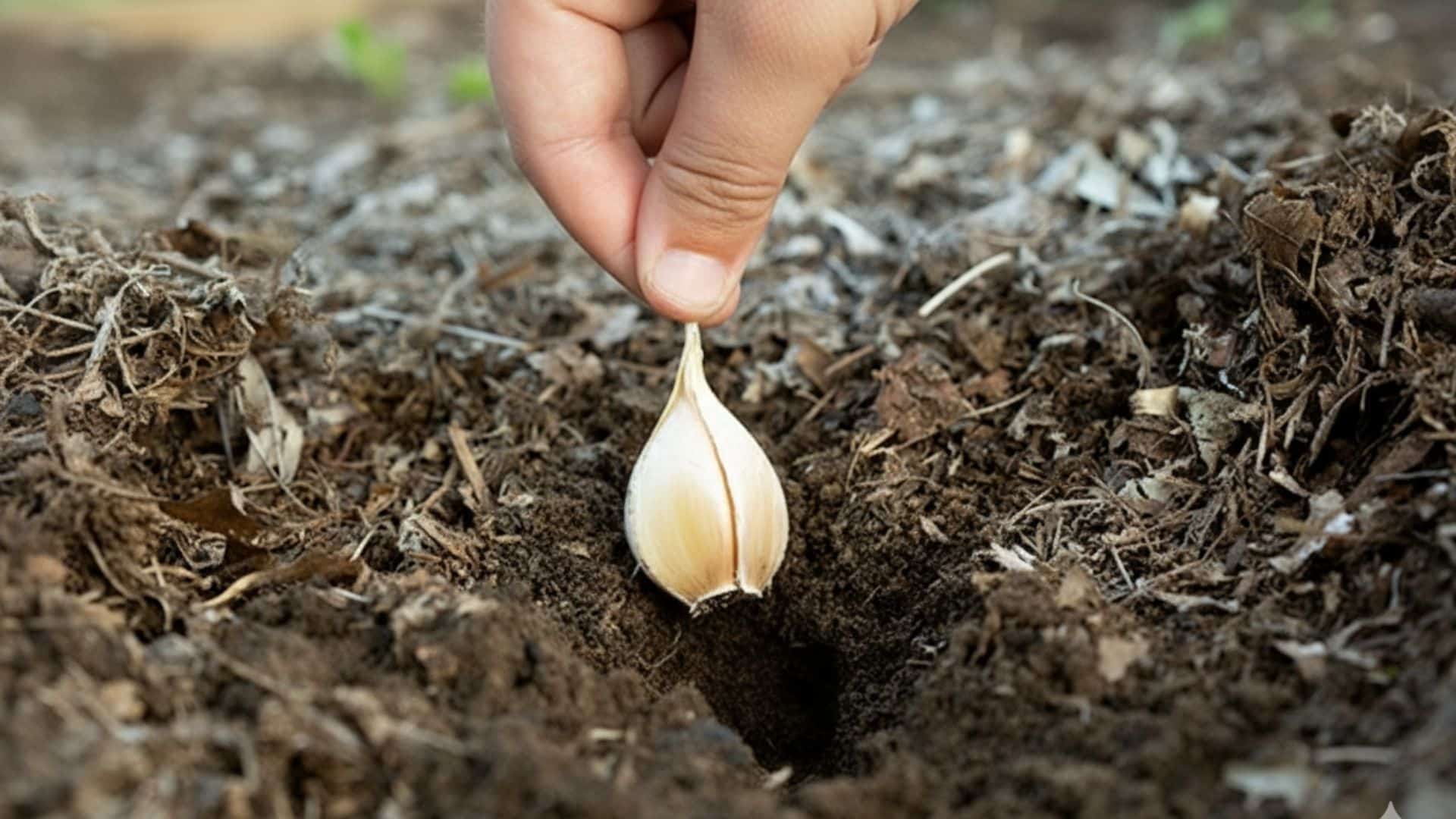Zinnias are among the most beloved flowers in home gardens, and for good reason.
These cheerful blooms are easy to grow, attract butterflies, and come in almost every color imaginable.
But if you’re planning your garden layout or choosing the right zinnia variety, you’ll need to know: how tall do zinnias grow?
Understanding the mature height of the zinnia you select helps ensure it fits well into your garden design, provides the right number of blooms, and doesn’t overshadow or get overshadowed by other plants.
This article covers the different height ranges and shares practical tips to help you grow healthy, vibrant plants that reach their full potential.
How Tall Do Zinnias Grow?
Zinnias typically grow between 6 inches and 4 feet tall, depending on the variety.
Zinnias come in three main size categories, making them incredibly versatile for different garden spaces and purposes.
From compact container plants to towering cut flower specimens, there’s a zinnia height for every gardening need.
| Category | Height | Spread | Best Uses | Popular Varieties |
|---|---|---|---|---|
| Dwarf | 6-12 inches | 6-12 inches | Containers, borders, edging | Thumbelina, Dreamland, Zahara |
| Medium | 1-2 feet | 12-18 inches | Mixed beds, versatile planting | Magellan, Profusion, Cut and Come Again |
| Tall | 3-4+ feet | 1-2 feet | Cut flowers, background planting | Benary’s Giant, State Fair, Oklahoma |
What Affects the Growth of Your Zinnia?
While genetics determines the basic height range, several environmental factors influence whether your zinnias reach their maximum potential.
- Variety: Genetics determines the basic height range. Check seed packets for expected mature heights. A dwarf variety will never grow tall, regardless of care.
- Growing Conditions: Zinnias need full sun (6-8 hours daily) to reach maximum height. Rich, well-draining soil with organic matter supports strong root development and taller growth.
- Climate and Weather: These warm-season annuals thrive when temperatures stay above 60°F. Cooler weather can limit their height potential.
- Spacing and Competition: Overcrowding stunts growth. Space plants 6-12 inches apart, depending on variety, to allow full development.
Choosing the Right Zinnia for Your Garden
Selecting the appropriate zinnia height makes all the difference in creating a cohesive, beautiful garden design.
The right variety ensures your plants fit their intended space and serve their purpose effectively.
1. Best Dwarf Varieties for Small Spaces

Compact varieties work best for limited space and container growing:
Thumbelina: Grows 6-8 inches tall with small, fully double flowers
Profusion series: Reaches about 12 inches with excellent disease resistance, ideal for containers and border edges
2. Medium-Sized Zinnias for Versatile Gardens

Mid-height zinnias offer flexibility without needing staking:
Magellan: Grows 14-18 inches with large, dahlia-like blooms in vibrant colors
Cut and Come Again: Reaches 18-24 inches, produces multiple blooms, perfect for mixed borders
3. Tall Zinnias for Cutting Gardens
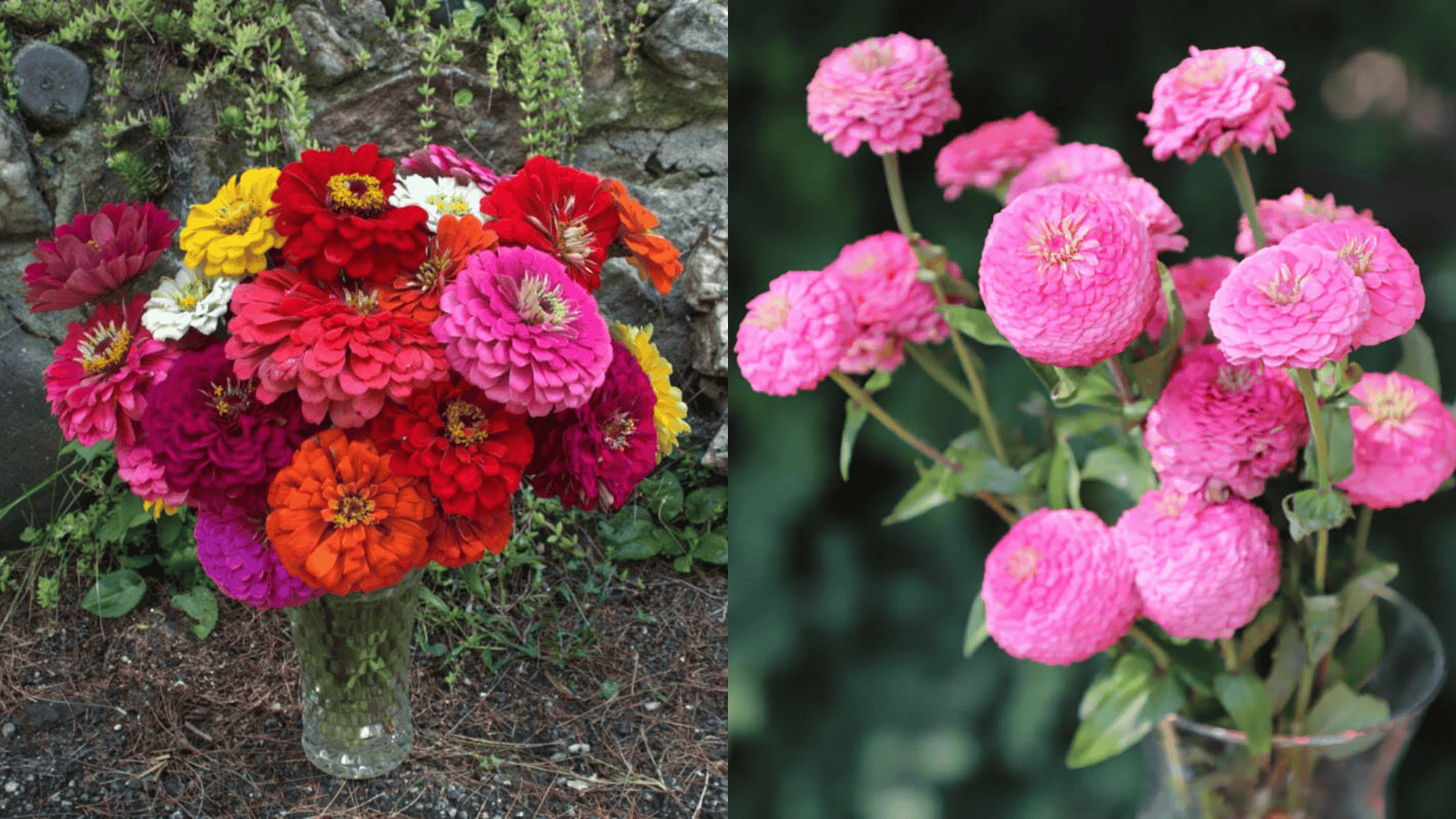
Perfect for long-stemmed bouquets and dramatic displays:
Benary’s Giant: Produces flowers on strong stems reaching 3-4 feet, ideal for cutting
Oklahoma series: Grows tall with large, weather-resistant blooms that hold up well in summer heat
Growing Zinnias to Their Full Height Potential
Once you’ve selected your varieties, proper care ensures your zinnias grow as tall and healthy as possible.
The difference between a stunted plant and one that reaches its full height often comes down to a few key practices.
Following these guidelines will help your zinnias achieve their maximum growth potential throughout the season:
Planting Conditions That Support Growth
Set up the right foundation for maximum height:
- Use well-draining soil with compost. Zinnias prefer pH 5.5-7.5.
- Plant in full sun. Insufficient light creates weak, leggy plants.
- Space dwarf varieties 6 inches apart, medium 9-12 inches, tall 12-18 inches for good air circulation.
Care Practices for Healthy Growth
Maintain these routines throughout the season:
- Water the soil level to prevent fungal diseases. Provide 1 inch weekly.
- Apply balanced fertilizer every 3-4 weeks or use slow-release at planting.
- Pinch tips at 6 inches to encourage branching. Remove spent flowers regularly.
Creative Ways to Use Zinnias of Different Heights
Understanding zinnia heights opens up exciting design possibilities in your garden.
Companion Planting Strategies

Zinnias pair well with vegetables and other flowers:
Vegetable gardens: Plant tall varieties along the north side of tomato or pepper beds to attract pollinators without shading vegetables; tuck dwarf zinnias between lettuce or along herb garden edges
Flower combinations: Pair medium-height zinnias with purple coneflowers, black-eyed Susans, or salvia for continuous summer-to-frost blooms with structural interest
Design Ideas Using Height Variation

Use different zinnia heights to create visual appeal:
Layered beds: Position dwarf zinnias in front, medium varieties in the middle, and tall zinnias toward the back for a tiered, professional look
Cutting gardens: Plant tall varieties in dedicated rows for easy harvesting while keeping display gardens tidy
Container groupings: Combine a large pot of tall zinnias with smaller containers of dwarf varieties at different levels for dynamic patio displays
Conclusion
Zinnias range from 6-inch plants to 4-foot specimens, depending on variety.
Understanding these height differences helps you select the right type for your space.
With full sun, good soil, proper spacing, and regular water, your zinnias will thrive and reach their maximum height.
Choose dwarf for borders, tall for cut flowers, or medium for versatile use.
No matter the height, zinnias bring reliable color, attract pollinators, and offer easy growing for all skill levels.
What’s your favorite zinnia variety?
Share your experiences and tips in the comments below!
Frequently Asked Questions
Do Zinnias Grow Taller in Their Second Year?
No, zinnias are annuals that complete their life cycle in one growing season. They won’t return the following year, so you’ll need to replant from seed or transplants each spring.
Can I Control Zinnia Height by Trimming Them?
While you can’t make a tall variety shorter through trimming, pinching the growing tips when plants are young encourages bushier, more compact growth. However, the plant will still reach approximately its genetic height range.
Will Zinnias Grow Taller if I Use More Fertilizer?
Excessive fertilizer won’t make zinnias grow significantly taller than their genetic potential. Over-fertilizing can actually lead to weak, floppy stems and fewer blooms. Balanced nutrition is more important than heavy feeding.



